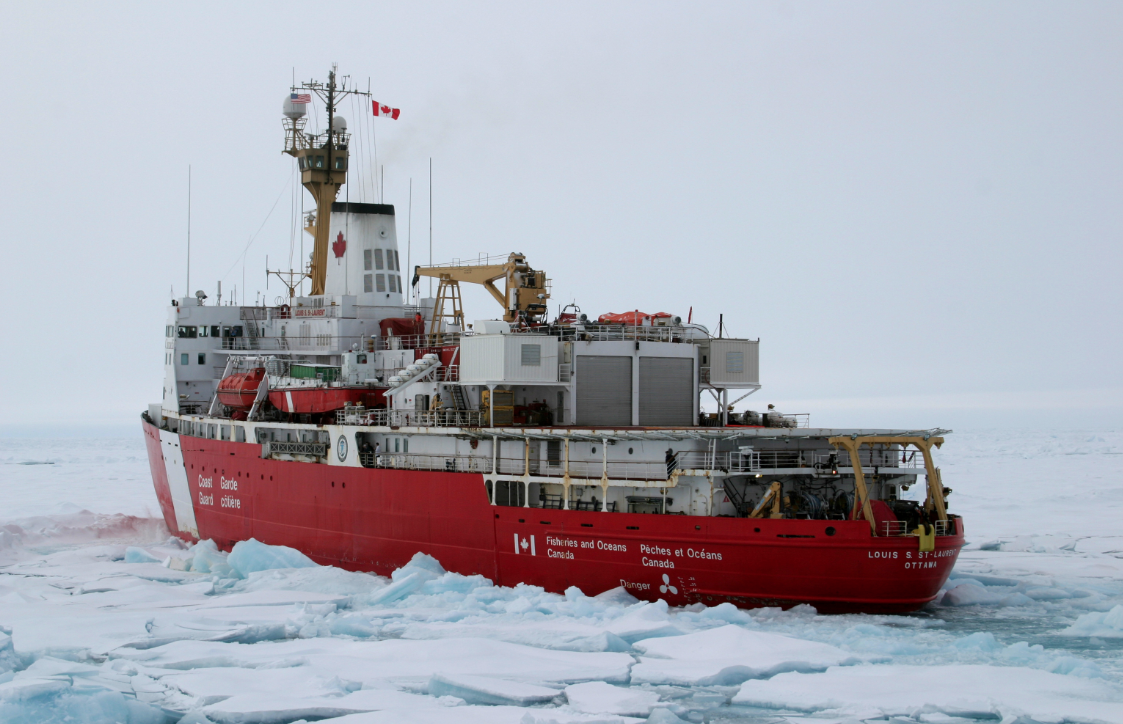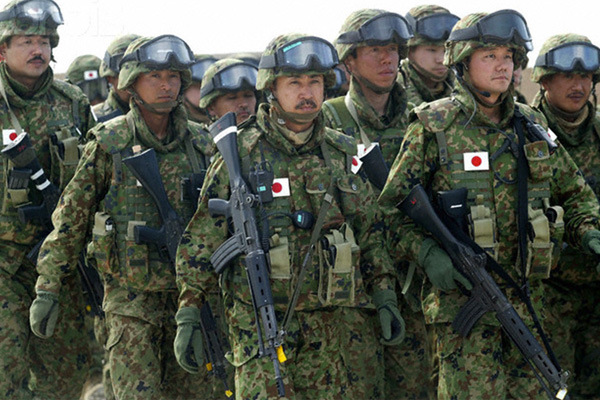On August 14, 2015, two Kingston-class coastal defence vessels, Her Majesty’s Canadian Ships (HMCS) Nanaimo and Saskatoon, departed Esquimalt, British Columbia on an historic six-week mission. Operation Nanook, a significant Arctic presence exercise held annually by the Canadian Forces since 2007, normally sees Royal Canadian Navy (RCN) vessels from the East Coast venturing up to Nunavut. However, the 2015 edition of this exercise will instead see vessels from the RCN’s Pacific Fleet travelling to the Northwest Territories community of Tuktoyaktuk. The last time an RCN vessel made such a voyage north of the 60th parallel from a West Coast port was in 1949, when HMCS Cedarwood, a wooden surveying ship, participated in mapping the Bering Sea alongside American counterparts.

This expedition will be particularly important to defence planners in Ottawa as Irving Shipbuilding begins cutting steel on the first of Canada’s new Arctic Offshore Patrol Ships (AOPS). Although the construction of a naval refuelling facility in Nanisivik is expected to reach completion in 2018, there is still some question as to where the AOPS will be based. HMCS Nanaimo and Saskatoon could demonstrate the viability of establishing a refuelling facility in Tuktoyaktuk similar to that being built in Nanisivik, allowing the RCN to patrol the Beaufort Sea just as effectively as Canada’s eastern Arctic waters.
The 2015 edition of Operation Nanook also highlights the severe infrastructure deficit from which the Northwest Territories suffers. The drop in global oil prices has prompted entities like Imperial Oil and British Petroleum to postpone plans to drill for oil in the Beaufort Sea, but Shell has forged ahead with plans to drill in the Chukchi Sea off Alaska’s coast in spite of the downturn. Were some development to prompt renewed interest in Beaufort oil, Canada would be ill-equipped to respond to any spill as Tuktoyaktuk has only a minimal harbour. This lack of any infrastructure to support offshore assets prompted the Government of the Northwest Territories, the Inuvialuit Regional Corporation, and other stakeholders to call for the establishment of a deepwater port in Tuktoyaktuk with federal funding in 2006 and again in 2014.

Premier Bob McLeod of the Northwest Territories has also campaigned for the establishment of an ‘Arctic Gateway’ since 2014, developing the northern communities of Inuvik and Tuktoyaktuk as a transportation hub, from which Canadian products could be exported to Asian markets. This borrows somewhat from the narrative of a ‘Pacific Gateway’ advanced by British Columbia’s government but which is undermined by the challenges faced by the proposed expansion of Kinder Morgan’s Trans Mountain pipeline or Enbridge’s stalled Northern Gateway pipeline. For the RCN, however, the expansion of Tuktoyaktuk’s harbour into a deepwater port might be a non-starter. Although both basins of the harbour have depths greater than 20 metres, the approaches are only 4 metres deep, severely limiting the range of vessels that can dock there. Of the RCN’s fleet, only Kingston-class coastal defence vessels like those participating in Operation Nanook are currently able to safely navigate such shallow waters. Dredging would normally be an option, but the location of Tuktoyaktuk at the mouth of the Mackenzie Delta would make dredging a costly and almost constant fight against the buildup of sediment.
Another option discussed in the Northwest Territories is to establish an offshore deepwater port facility linked to land by an admittedly expensive bridge-highway system. ConocoPhillips already has offshore facilities for exploration in the Amauligak field, said to host 235 million barrels worth of oil and 1.6 trillion cubic feet of natural gas, which is located in the Beaufort Sea and very close to Tuktoyaktuk’s shores. A partnership to expand that facility would avoid the problem of Tuktoyaktuk Harbour’s shallow approaches and would allow RCN vessels to dock in depths of 40 metres or so. This would be more than sufficient for any of the RCN’s surface vessels, including the much-awaited Canadian Coast Guard icebreaker CCGS John G. Diefenbaker. The challenge would be negotiating such a project with Amauligak venture partners, ConocoPhillips and Chevron, who might not necessarily appreciate the sudden arrival of a significant military presence.
In any case, the crews of HMCS Nanaimo and Saskatoon will return to Esquimalt with a wealth of know-how for the Canadian Forces. The grander role that Tuktoyaktuk plays in Canada’s Northern Strategy will remain unclear, at least until the federal election on October 19 and the Northwest Territories’ own election on November 23.




